Are you ready to tap, swipe, and level up your daily routine?
From mastering new languages to saving the planet, these apps turn your goals into a fun quest. Imagine crushing your to-do list and getting virtual high-fives along the way or jogging from zombies to keep fit. Sounds better than a plain old jog around the block, right?
Whether you're looking to buff up your brain, your budget, or your biceps, we've got apps that make it feel less like work and more like play. So, grab your phone and join us as we unveil the champions in turning the mundane into the extraordinary across seven different industries.
Let's game on and make 2025 the year where achieving goals is as addictive as chasing high scores!
What is a Gamification App?
A gamification app is a software application that applies game-like elements and game principles in non-game contexts. The objective is to enhance user engagement, motivation, and participation by integrating the fun and interactive aspects of games into everyday activities or business processes.
These apps employ a variety of techniques, such as points, leaderboards, and rewards systems, to create an experience that is not just productive but also enjoyable. They can be used in numerous settings, including education, where they might turn learning into a more game-like experience, in workplaces to increase employee engagement, or in marketing campaigns to encourage customer loyalty.
Many apps based on gamification work by tapping into the basic human desires for competition, achievement, and recognition. By setting up a system where users can earn points for completing tasks, compare their progress on leaderboards, and receive rewards or achievements for their efforts, these mobile apps make otherwise mundane tasks feel more like a game, thus increasing engagement and the likelihood of task completion.
Moreover, these apps often include features that allow for personalization and progression, giving users a sense of control and a clear path of advancement. This can lead to a deeper investment in the tasks at hand and foster a more satisfying user experience.
In essence, a gamification app takes the essence of what makes games engaging—goals, feedback, competition, and rewards—and applies it to non-game environments to encourage a specific behavior or to increase user interaction and productivity. By doing so, it harnesses the power of play to make real-world tasks more enjoyable and fulfilling.
Benefits of a Gamified App
Gamification apps have a multitude of benefits that can transform the way individuals and organizations approach tasks and learning. Here are some of the key advantages:
Increased Productivity, Focus, and Motivation
Gamification apps are designed to boost user engagement by making tasks more enjoyable and rewarding. By turning work into a game, users often find themselves more focused and motivated to complete tasks. This increased level of engagement can lead to higher productivity levels, as users are more inclined to start tasks promptly and persist until they complete them, driven by the desire to achieve and earn rewards.
Boosts User Creativity and Independent Thinking
With challenges that often require problem-solving and strategic thinking, gamification apps encourage users to think creatively and independently. The game-like environment provides a safe space for experimentation, where users can try different approaches without fear of real-world repercussions. This can lead to innovative solutions and new ways of thinking that can be applied in various aspects of work or learning.
Increased User Engagement and Collaboration
Many gamification apps include social elements that allow users to interact, collaborate, and compete with one another. This not only increases engagement with the mobile app but also enhances communication and teamwork skills among users. By working together to achieve common goals or competing in friendly challenges, users can build stronger relationships and improve their team-building skills.
Helps Develop Specific Skills
Gamification apps can be tailored to target specific skill sets, making them an effective tool for personal and professional development. Whether it's learning a new language, improving sales techniques, or mastering a piece of software, gamification apps can provide the structured learning and practice needed to develop and refine these skills in an interactive and enjoyable way.
Offers a Fun Way to Motivate Employees
In a corporate setting, gamification apps can revolutionize corporate training and employee development. They offer a fun and engaging alternative to traditional training methods, which can sometimes be dull and disengaging. By incorporating elements of play, employees are more likely to participate actively in their team-building activities, retain the information better, and apply what they've learned in their roles. Additionally, the competitive and rewarding nature of gamification apps can serve as a powerful motivator for employees, encouraging them to excel and succeed in their careers.
Mobile App Gamification Features
When it comes to creating an engaging and effective gamification app, certain features are essential for success. Here's a look at some of the key components that make a gamification app stand out.
Points 🔟
Points serve as a quantifiable measure of progress or success within the mobile app. They are typically earned through completing activities or achieving specific goals. A well-designed point system can motivate users by providing a clear indication of how they are advancing and how they stack up against others or their own past performance.
Leaderboards 📊
Leaderboards foster a sense of competition by ranking users based on their point totals or other metrics of success. This encourages users to engage more with the mobile app as they strive to climb the ranks and earn a top spot, which can be especially effective when users can compare their progress with friends or colleagues.
Rewards and Achievements 🏆
Rewards and achievements recognize users for their accomplishments within the mobile app. This can range from virtual badges and trophies to real-world incentives. Such features tap into the user's desire for recognition and can significantly enhance the user experience by providing tangible goals to work towards.
Journeys ✈️
Journeys are structured paths that users can follow within the app, often leading to a specific goal or set of objectives. They help in guiding the user experience and providing a narrative that can make the process more engaging. Each step of the journey can be marked with milestones, making progress palpable and rewarding.
Game Simulations 🕹️
Game simulations provide immersive experiences that mimic real-world or fantastical scenarios for users to navigate. They can be an excellent way to learn new skills or practice existing ones in a risk-free environment. By offering a simulated space, users can explore different outcomes and learn from interactive feedback.
Action-based Activities and Challenges 🏄♀️
Action-based activities and challenges require users to perform specific tasks, which can range from simple actions like logging daily activities to more complex problem-solving challenges. These activities are at the heart of the gamification experience, encouraging active participation and often serving as the basis for earning points, rewards, and achievements.
Incorporating these features into an app can create a dynamic and engaging environment that motivates users to return repeatedly, fostering both enjoyment and a sense of accomplishment.
Why Mobile App Gamification is Important
In a world where attention is a scarce commodity and engagement is the gold standard for app success, gamification has emerged as a crucial strategy. App gamification is important for several compelling reasons, and understanding its significance can help businesses and developers create more effective and captivating apps.
Boosts User Engagement and Retention
Gamification elements within an app can significantly increase user engagement by making the experience more interactive and enjoyable. When users find an app entertaining, they're more likely to use it frequently and for longer periods. This sustained engagement is key to improving user retention rates, which is vital in the competitive app marketplace where users are quick to uninstall apps that don't hold their interest.
Enhances User Experience
A gamified app provides a richer user experience by introducing elements of surprise, delight, and accomplishment. By incorporating game mechanics like rewards and challenges, users enjoy a sense of progression and achievement that plain apps simply can't match. This enhanced experience can lead to positive reviews and word-of-mouth recommendations, which are invaluable for app growth.
Drives Behavior Change
One of the most powerful aspects of app gamification is its ability to influence user behavior. Whether it's encouraging healthier habits, promoting learning, or increasing productivity, gamified apps can motivate users to take desired actions consistently. Through rewards and positive reinforcement, users are more likely to make long-term changes that align with their personal or professional goals.
Facilitates Data Collection and Personalization
Gamification can also serve as a tool for collecting user data in a way that feels natural and unobtrusive. As users interact with various game elements, the app can track their preferences, behaviors, and engagement levels. This data can then be used to personalize the user experience further, making it more relevant and appealing to individual users.
Gives a Competitive Edge
In a crowded mobile apps market, differentiation is key. Gamification can set an app apart from its competitors by offering unique and memorable experiences. An app that successfully employs gamification features can rise above the noise, attract more users, and establish a loyal user base.
Encourages Social Interaction
Many gamification apps include social features that encourage users to connect and compete with friends or other users. This social aspect can lead to community building and increased app stickiness as users return to engage with their peers.
Best Gamification Apps Per Industry
Gamification can be applied to a wide range of apps across various industries and niches. The versatility of gamification mechanics means they can be integrated into nearly any type of app to enhance user engagement, motivation, and retention. Here are some of the most common types of apps where gamification is used:
Educational App Gamification
Gamification is particularly popular in educational apps, where it can transform the learning path into a fun and interactive experience. By using points, badges, and leaderboards, these mobile apps can motivate students to complete lessons, take quizzes, and achieve learning goals.
Duolingo
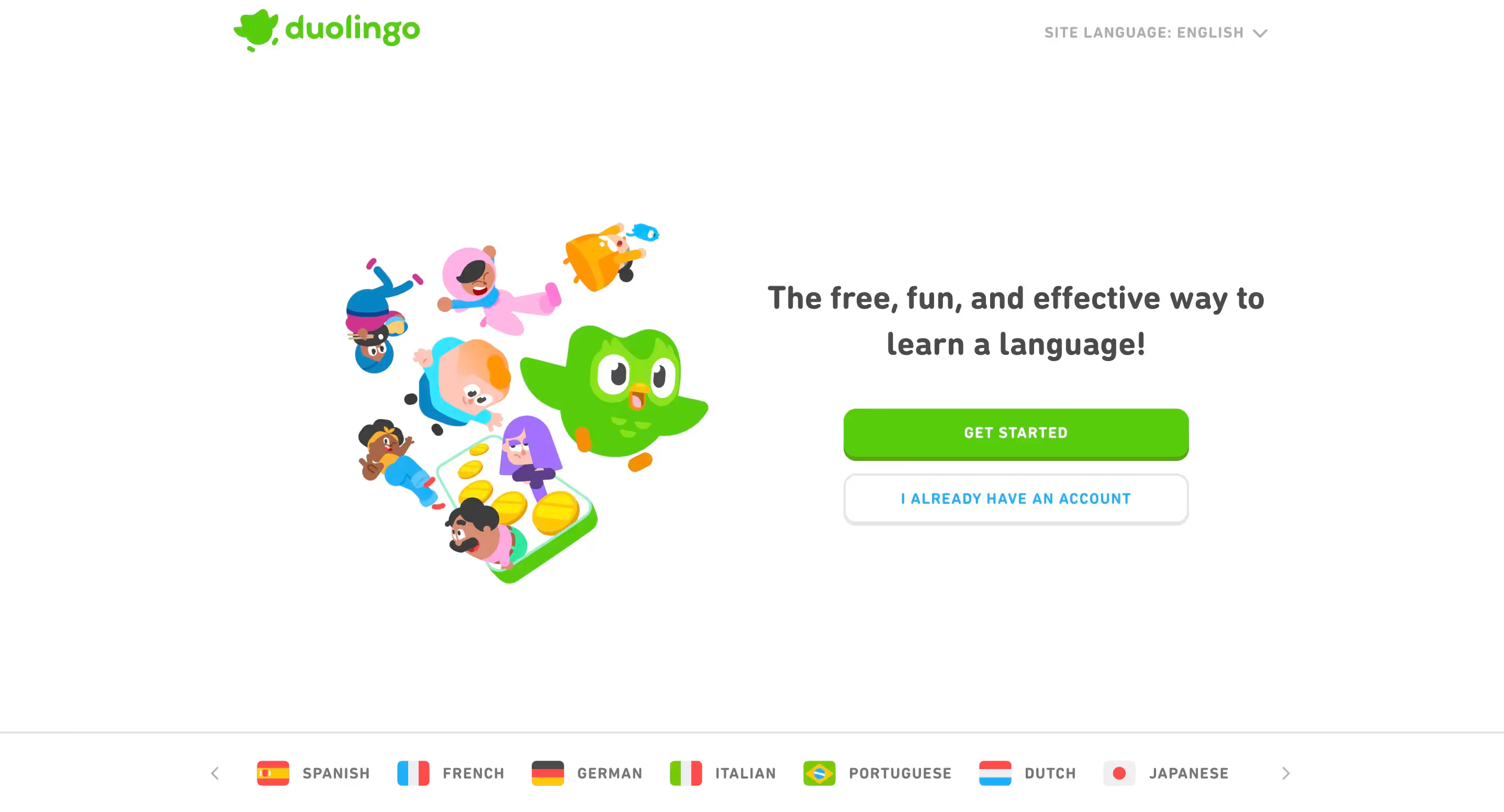
This language learning app uses gaming elements by rewarding users with experience points (XP) for completing lessons, encouraging daily practice streaks, and offering in-app currency to unlock bonus content.
Khan Academy
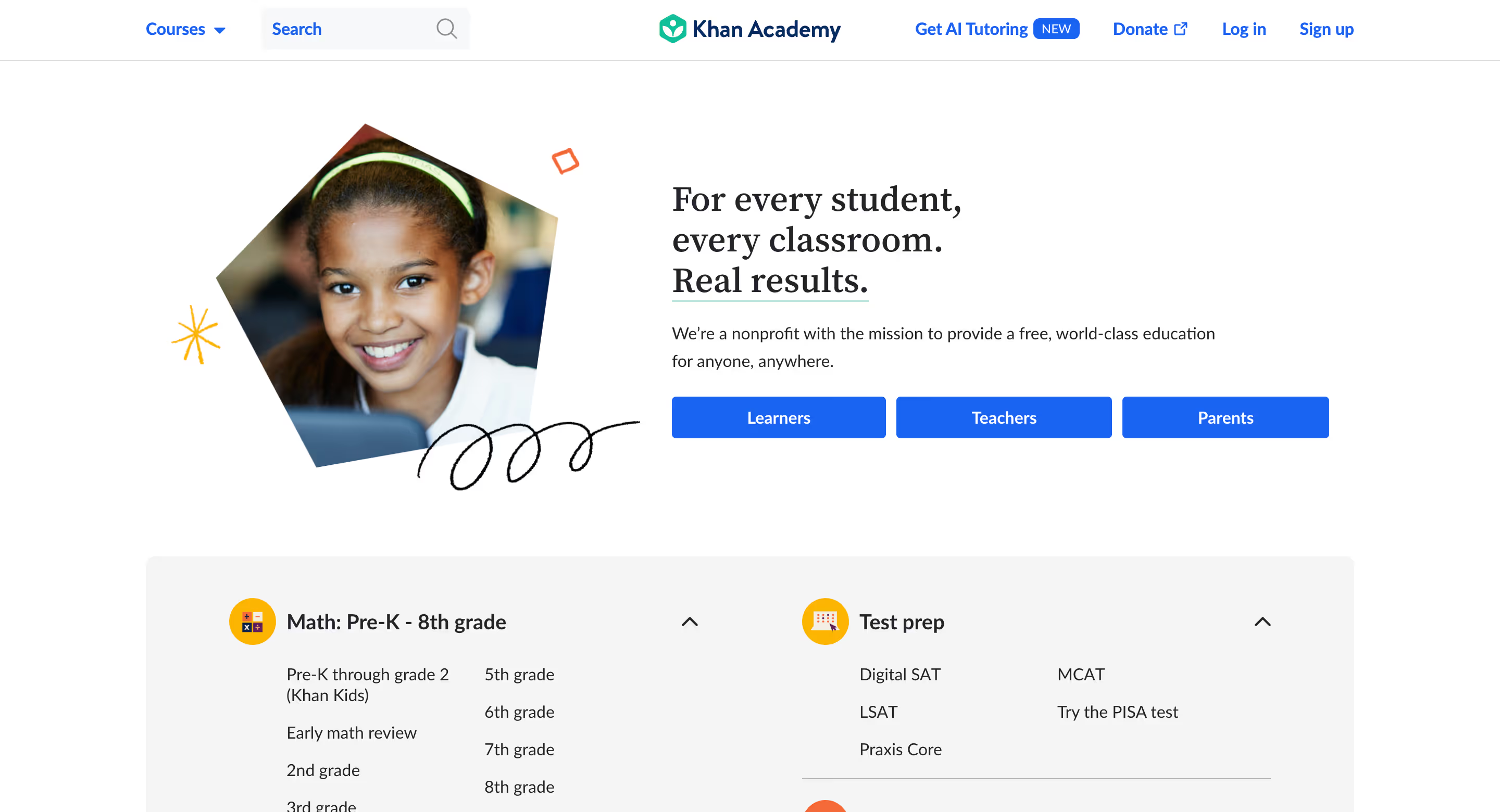
Khan Academy gamifies the learning experience by providing energy points for watching educational videos, completing exercises, and mastering new skills, along with badges for reaching certain milestones.
Quizlet
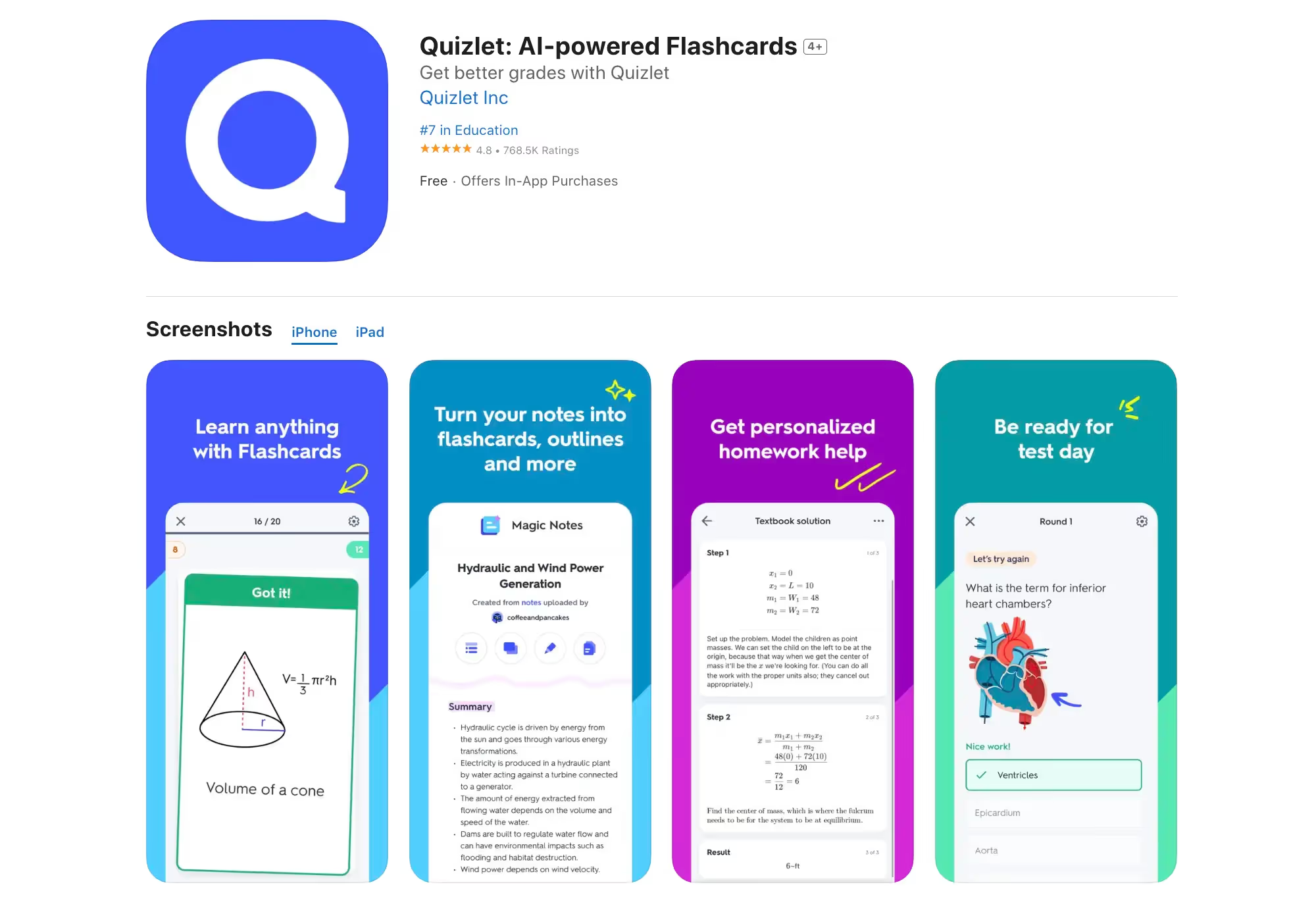
Quizlet turns study sessions into games with its "Match" feature, where users race against the clock to pair terms and definitions, and its "Gravity" game, where users must type in answers to definitions before they hit the bottom of the screen.
Health and Fitness App Gamification
Health and fitness apps use gamification to encourage users to maintain healthy habits, such as exercising, tracking nutrition, or meditating. Challenges, progress tracking, and rewards help users stay committed to their health and wellness goals.
MyFitnessPal
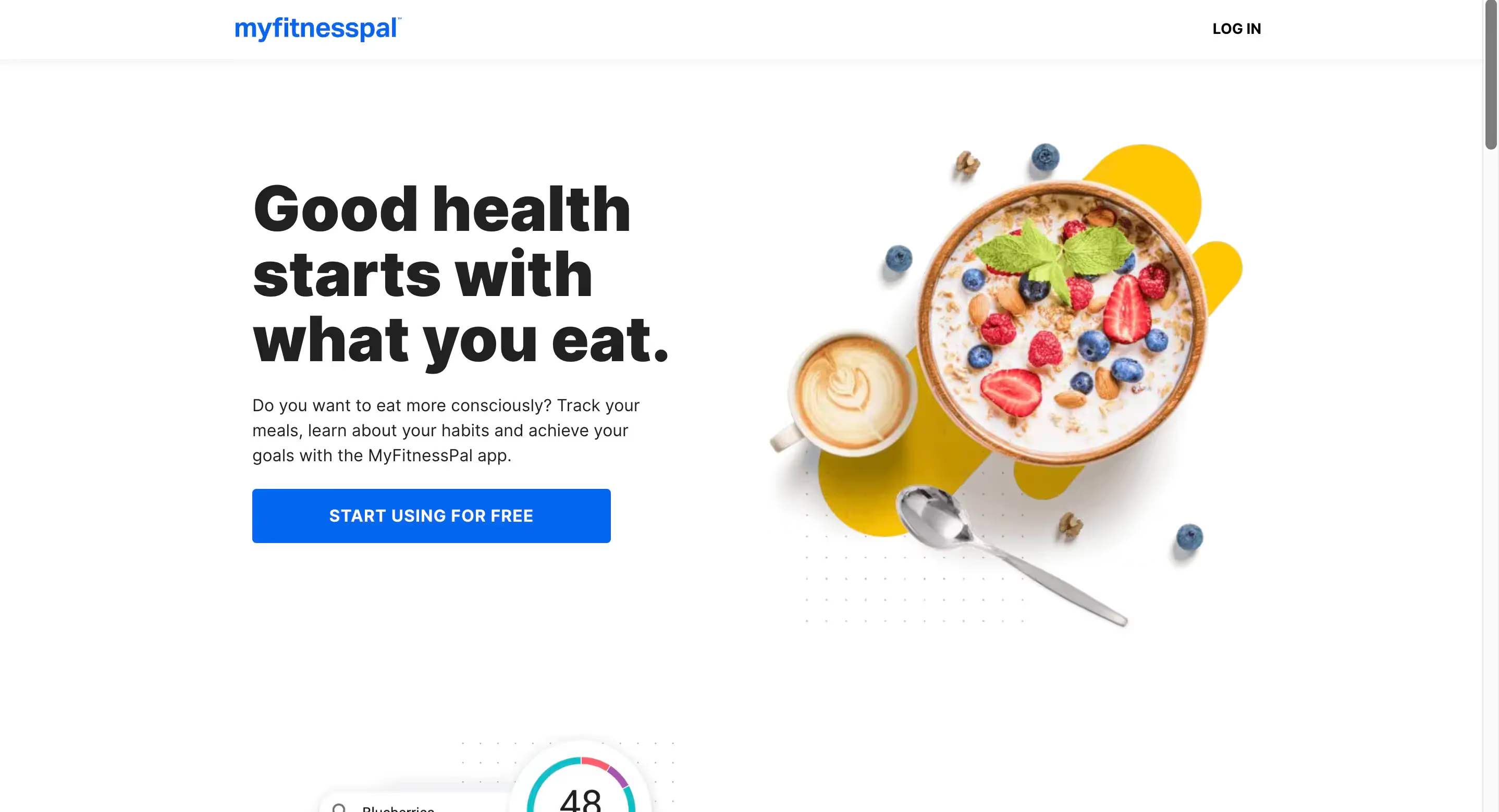
Users track their meals and exercise to earn badges for various achievements, and the app encourages friendly competition by allowing friends to share progress.
Zombies, Run!

This running app immerses users in a zombie apocalypse story where they must run in the real world to collect supplies and escape zombies, making the exercise an engaging narrative experience.
Fitbit
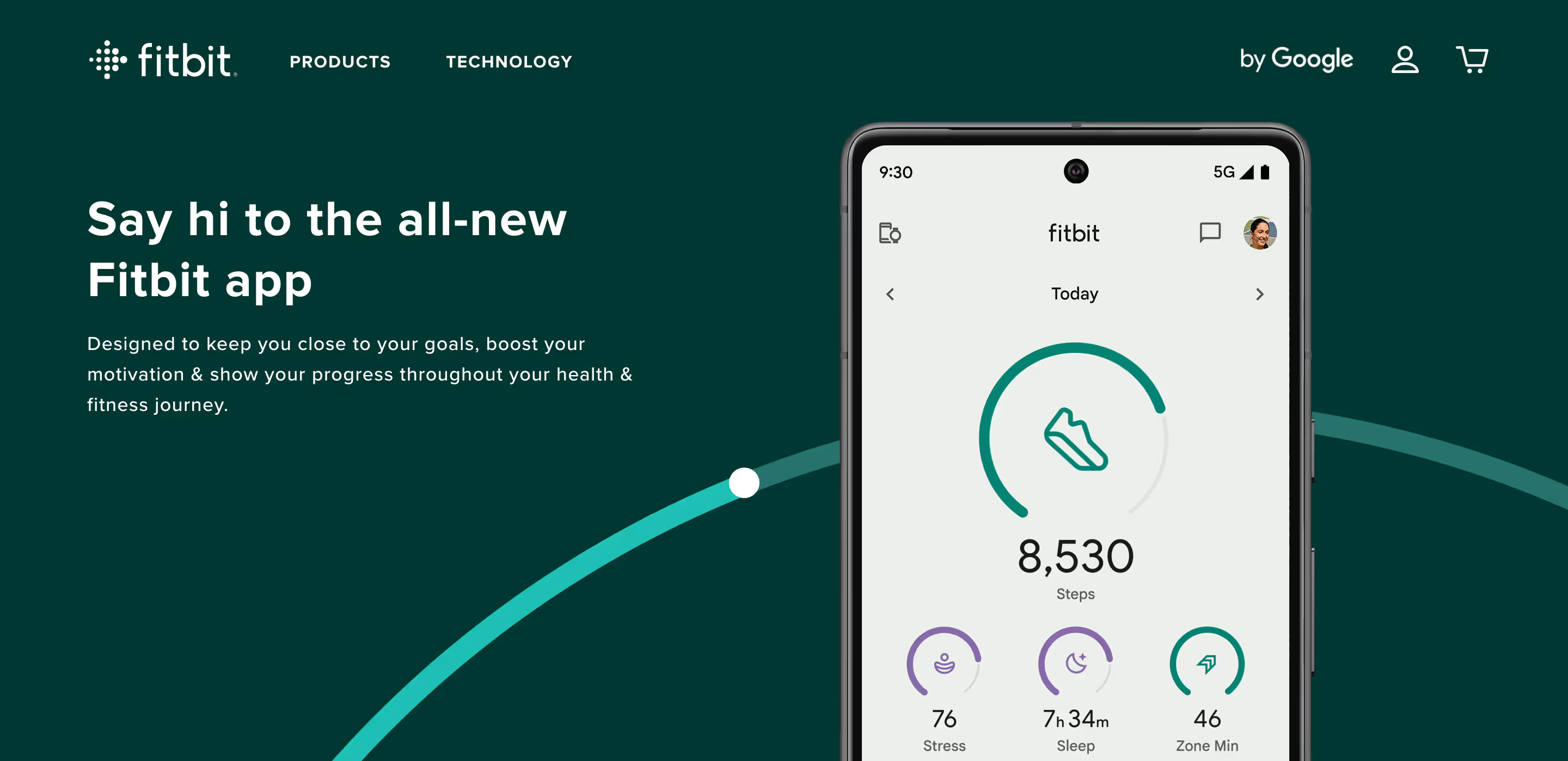
Fitbit uses gamification by allowing users to participate in daily and weekly challenges, earn badges for achievements, and compete with friends on leaderboards based on step counts and other metrics.
Productivity App Gamification
To help users stay organized and complete tasks, productivity apps often incorporate gamification elements. These can include to-do lists with points for completed tasks, productivity streaks, and rewards for meeting personal or work-related goals.
Forest
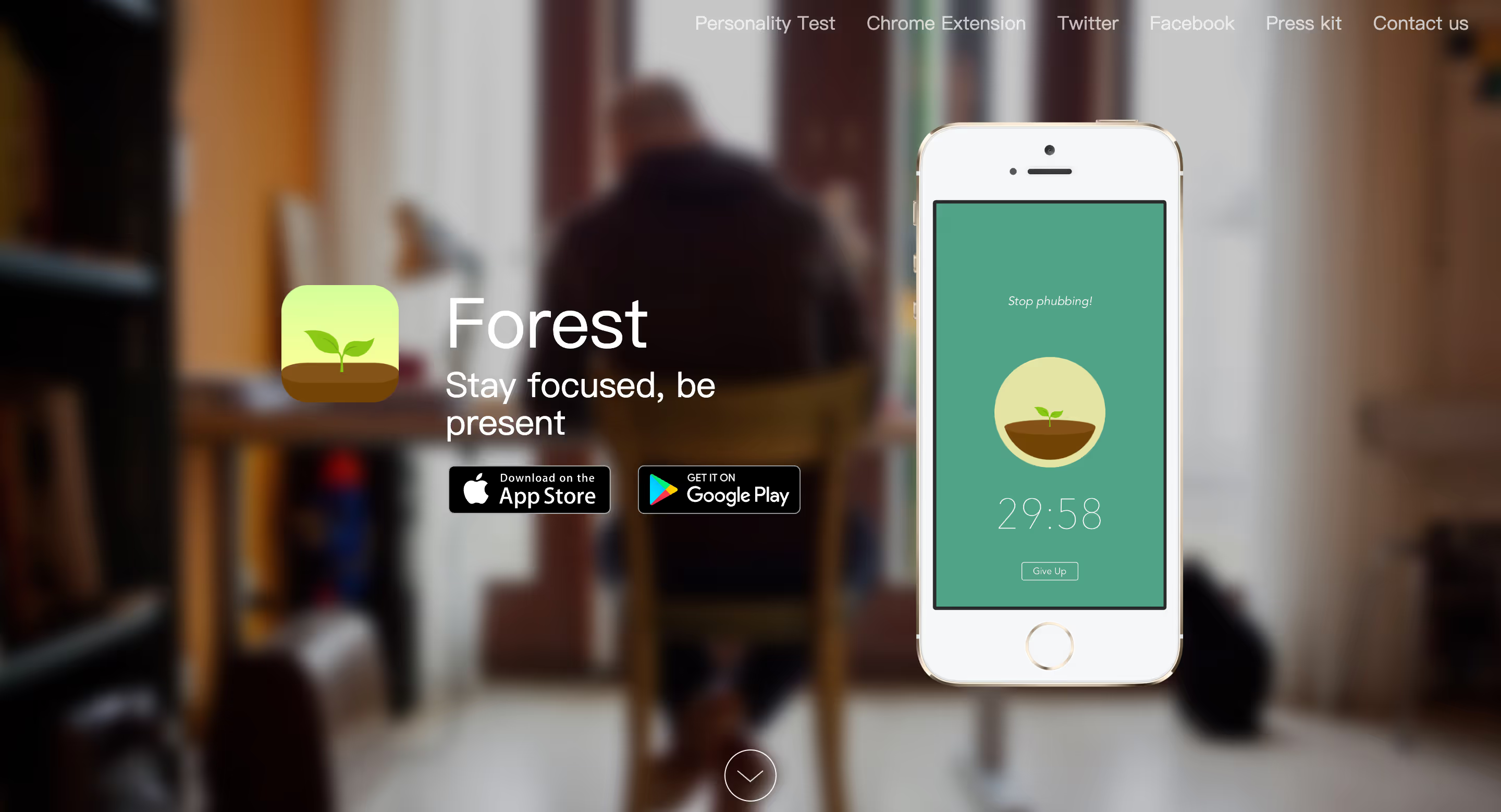
Forest helps users stay focused by letting them plant a virtual tree that grows while they work without using their phone, and if they leave the app, the tree withers away.
Habitica
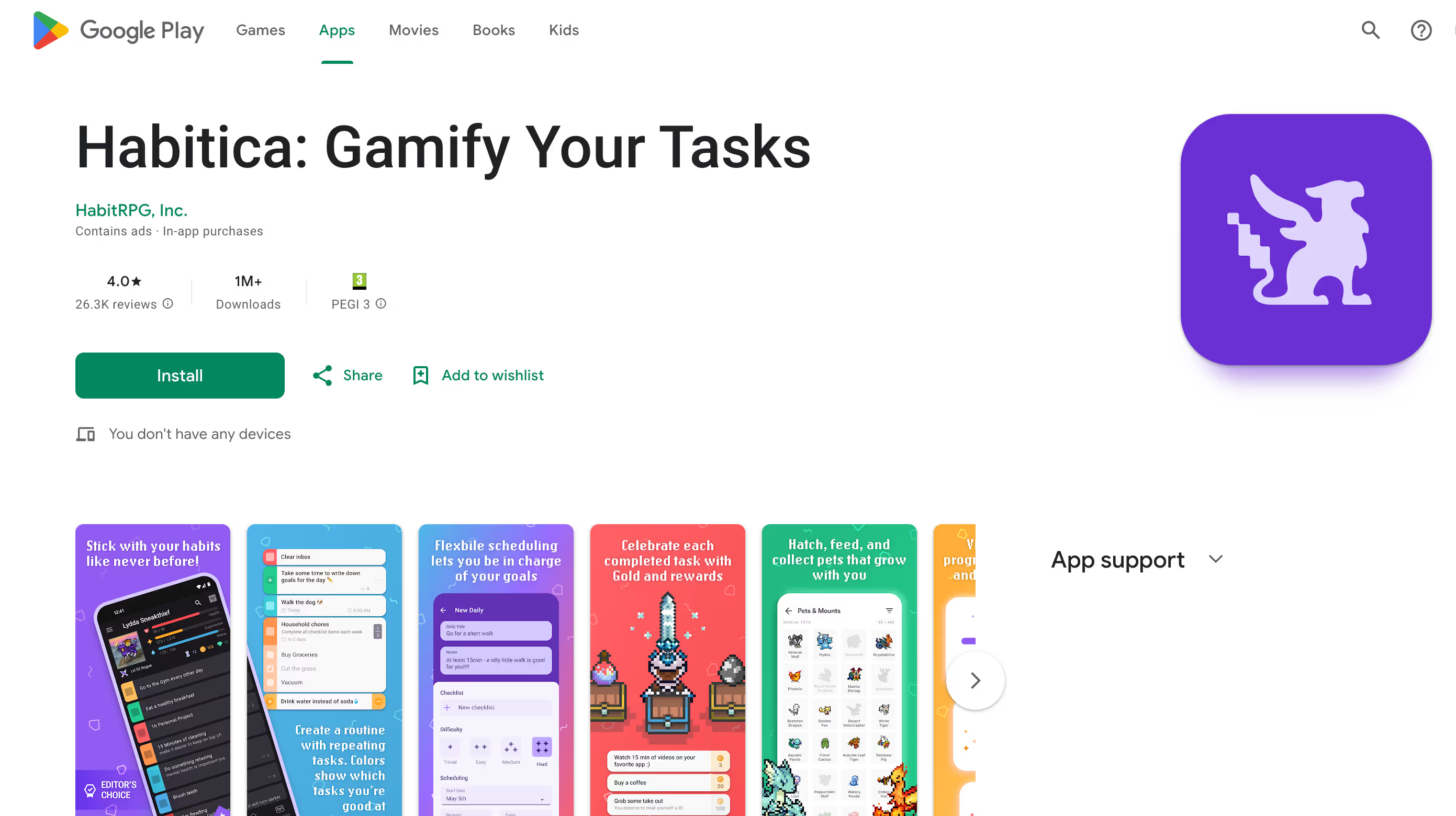
This app turns daily tasks and habits into a role-playing game where users can level up a character, complete quests, and earn rewards by completing real-life tasks.
Todoist Karma
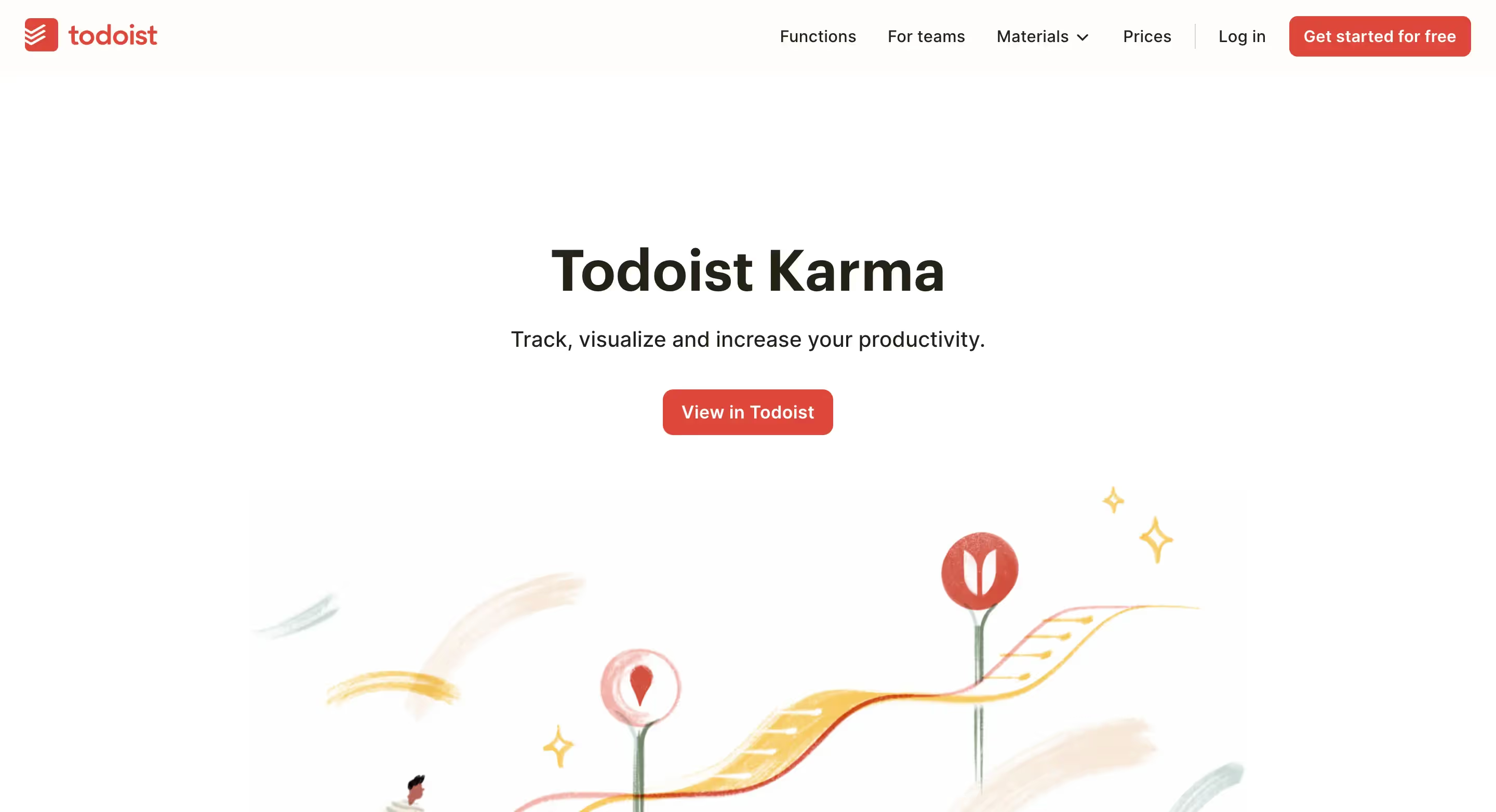
Todoist uses so-called Karma points, which users earn for completing tasks and maintaining productivity streaks, and they can track their progress with visual graphs.
Finance and Banking App Gamification
Gamification can make managing finances more engaging. Banking apps might offer rewards for saving money or completing financial education modules, while investment apps could use simulations to teach users about the stock market.
Mint
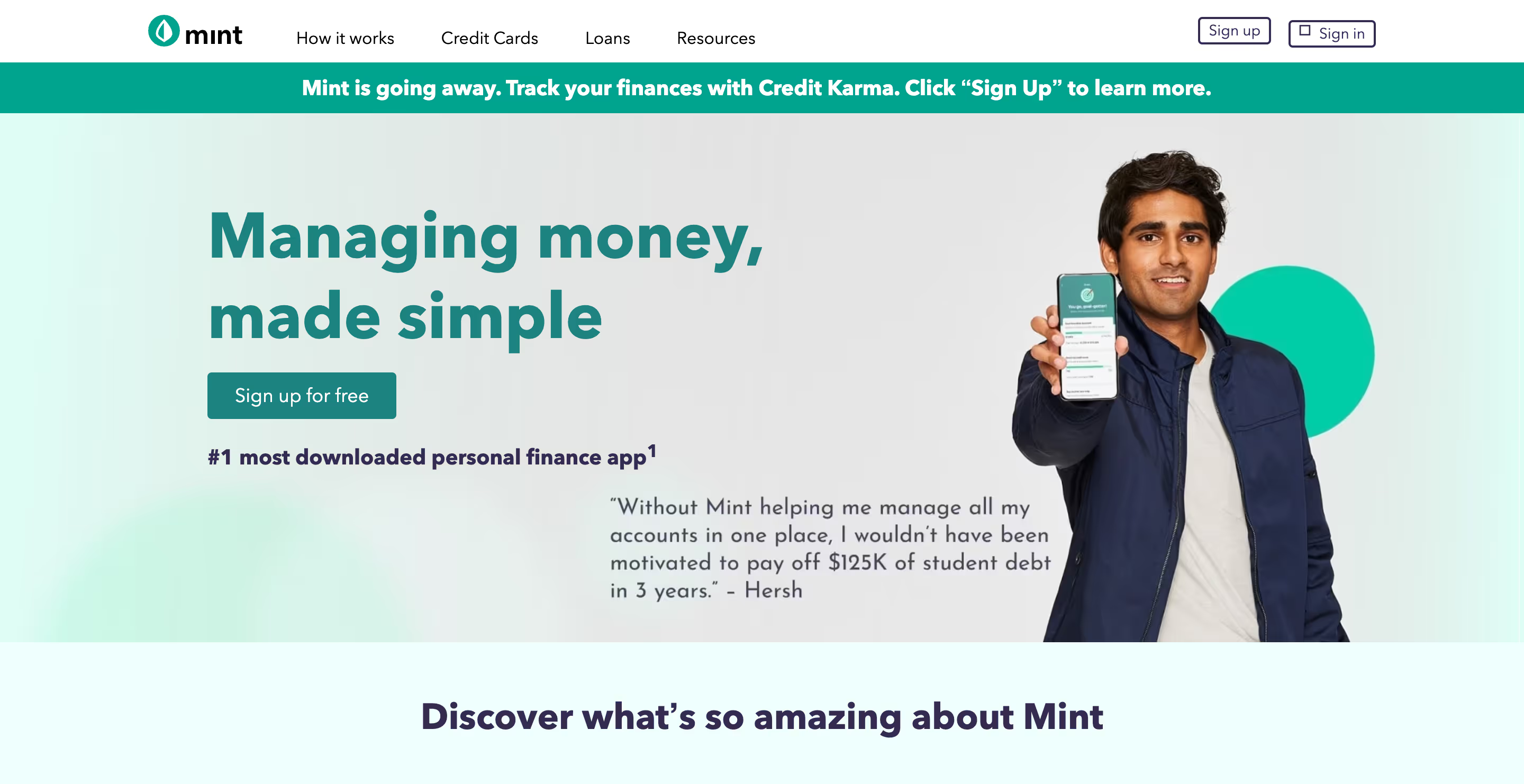
Mint uses gamification by setting financial goals and allowing users to track their progress towards these goals, providing visual feedback and rewards in the form of badges when milestones are reached, which encourages consistent monitoring and management of personal finances.
Acorns
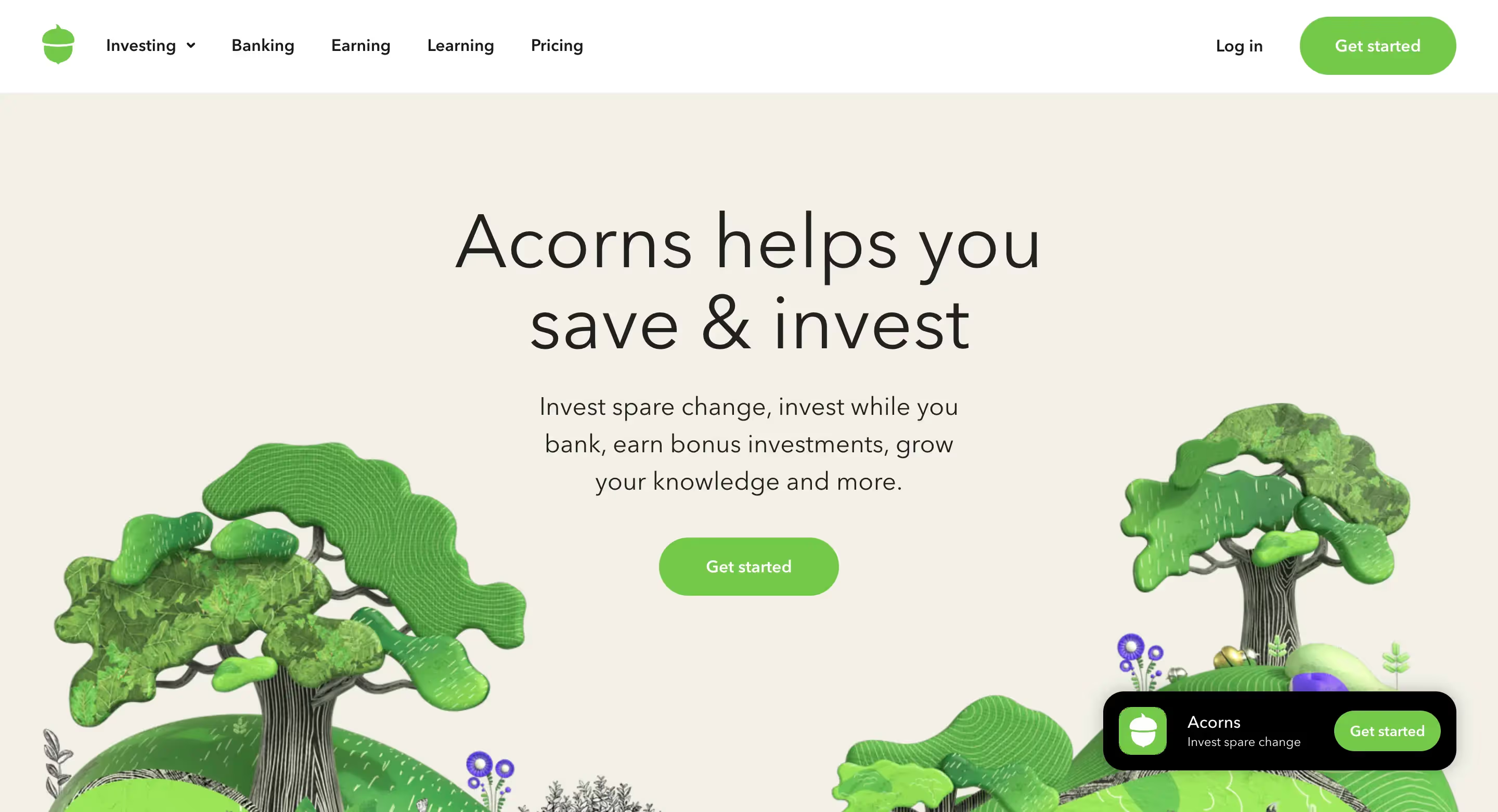
Acorns uses gamification by rounding up users' purchases to the nearest dollar and investing the spare change, making investing feel like a simple and automated game.
Stash
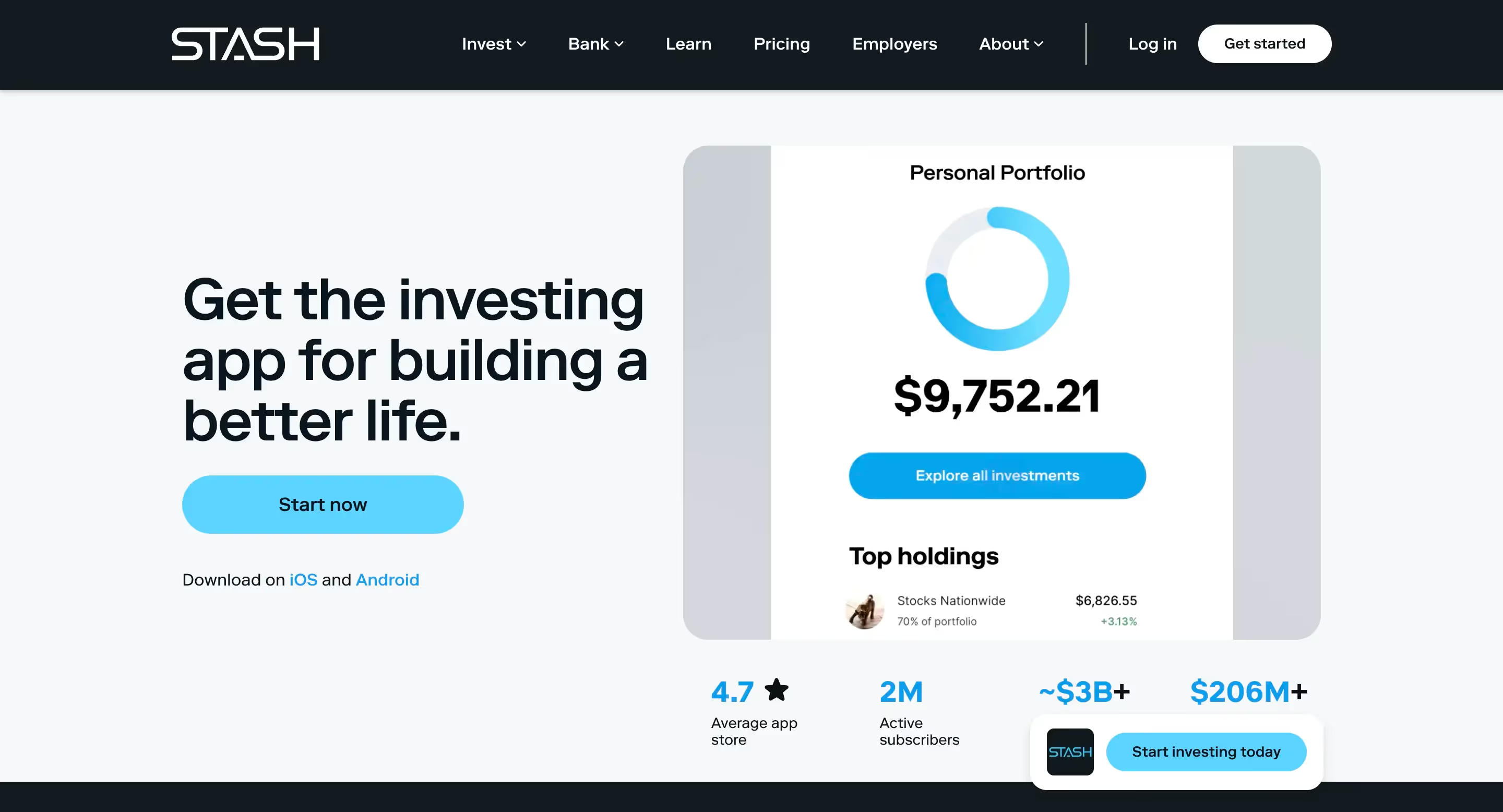
Stash gamifies investing by offering personalized challenges and educational content. Users can earn Stash points for completing these challenges and engaging with the platform, which can then be redeemed for fractional shares of stock, making the learning and investing process interactive and rewarding.
Lifestyle App Gamification
Lifestyle apps, including those focused on cooking, fashion, or personal growth, use gamification to keep users engaged with daily challenges, achievements for trying new things, and community competitions.
Nike Training Club

While primarily a fitness app, Nike Training Club gamifies lifestyle by providing workout routines that unlock exclusive content and rewards as users complete more exercises, encouraging new habits and a healthy lifestyle.
Fabulous
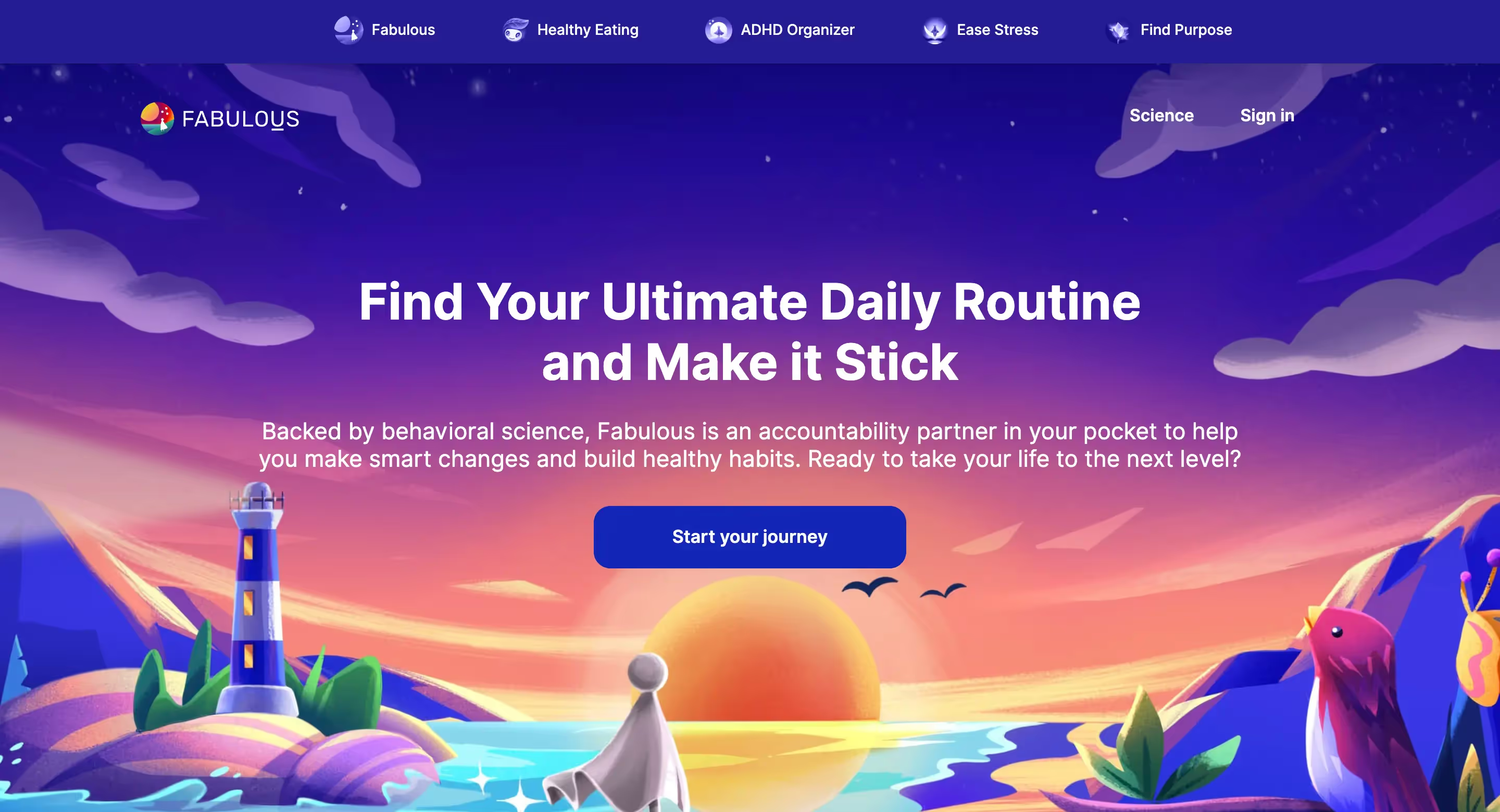
This self-care app helps users build healthy rituals and routines through gamified experiences. Users embark on a journey where they unlock habits and routines as they progress, receiving virtual rewards and encouraging notifications along the way.
Goodreads
.avif)
As a book-tracking and social networking app, Goodreads gamifies the reading experience by allowing users to set annual reading goals, track their progress, earn badges, and participate in reading challenges with other community members.
Marketing and Customer Loyalty App Gamification
Businesses use gamification in their non-game apps to drive more user engagement and loyalty. Points systems, rewards for purchases, and interactive challenges can encourage repeat business and brand advocacy.
Starbucks Rewards
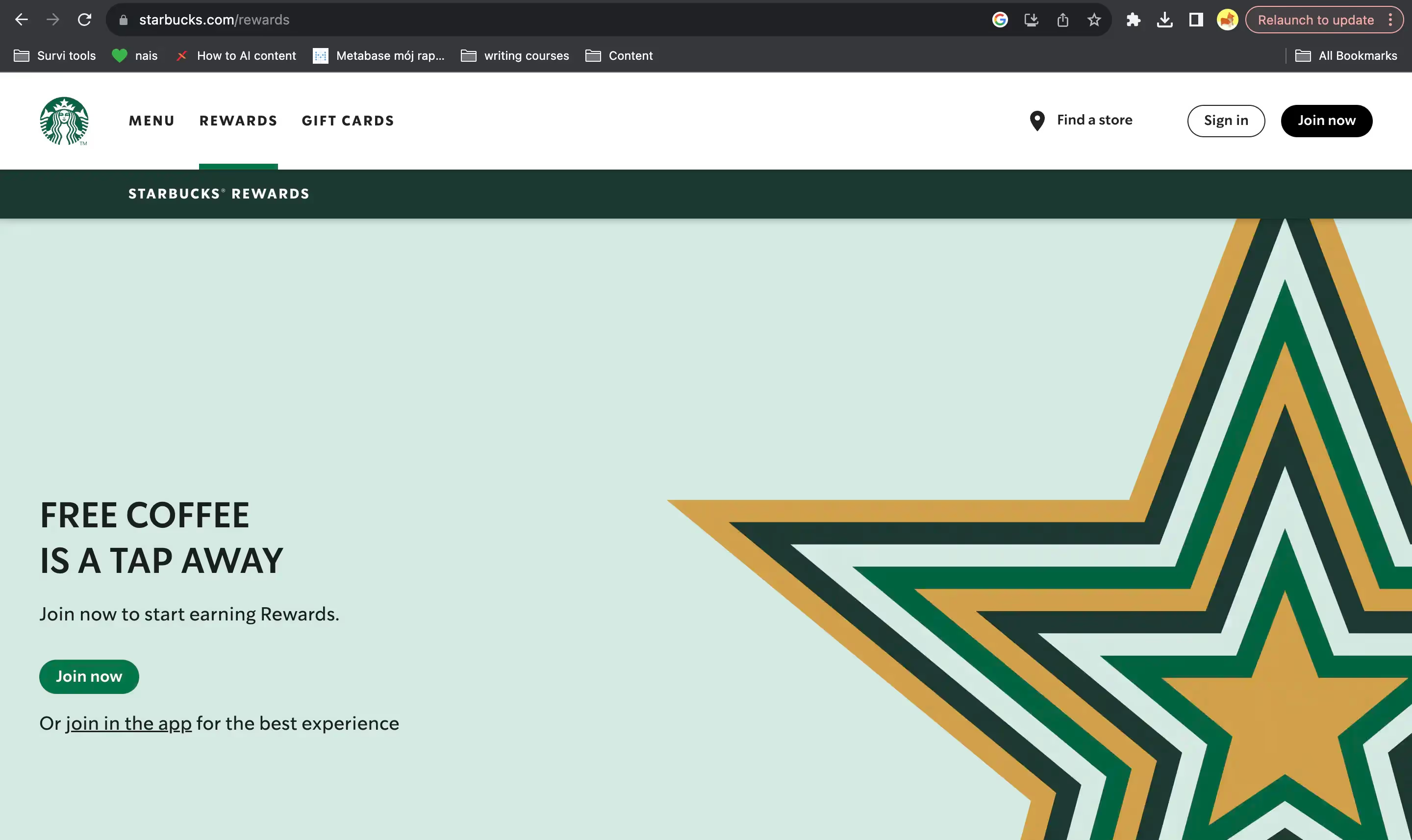
Starbucks uses gamification in its loyalty app by allowing customers to earn stars for their purchases, which can be redeemed for free drinks and food. The app also offers occasional challenges and games that give users a chance to earn bonus stars.
Sephora Beauty Insider
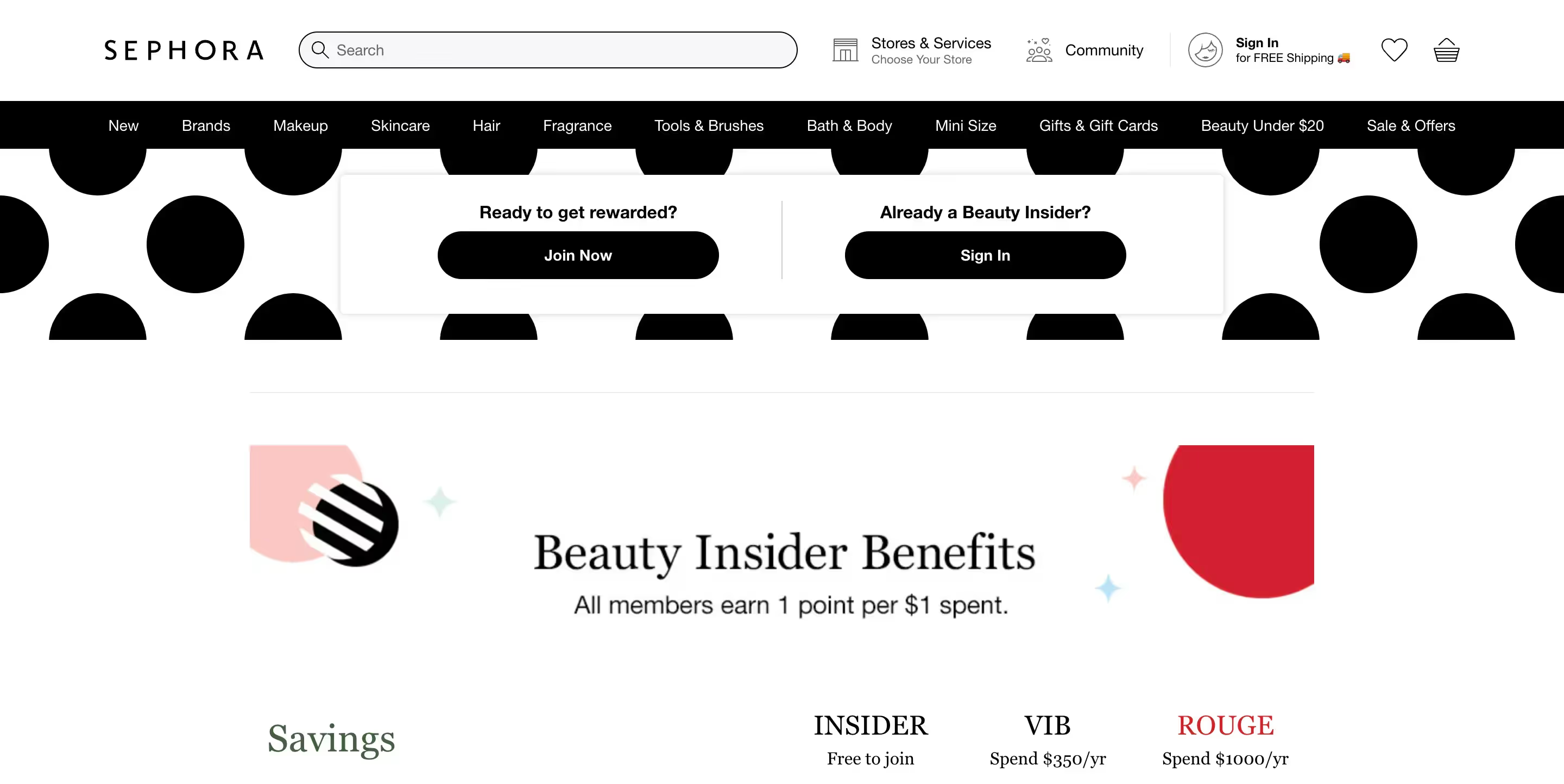
Sephora's loyalty program app gamifies shopping by rewarding users with points for every purchase, which can be exchanged for products or experiences. It also offers members-only events and exclusive previews, adding to the gamified shopping experience.
Domino's Pizza
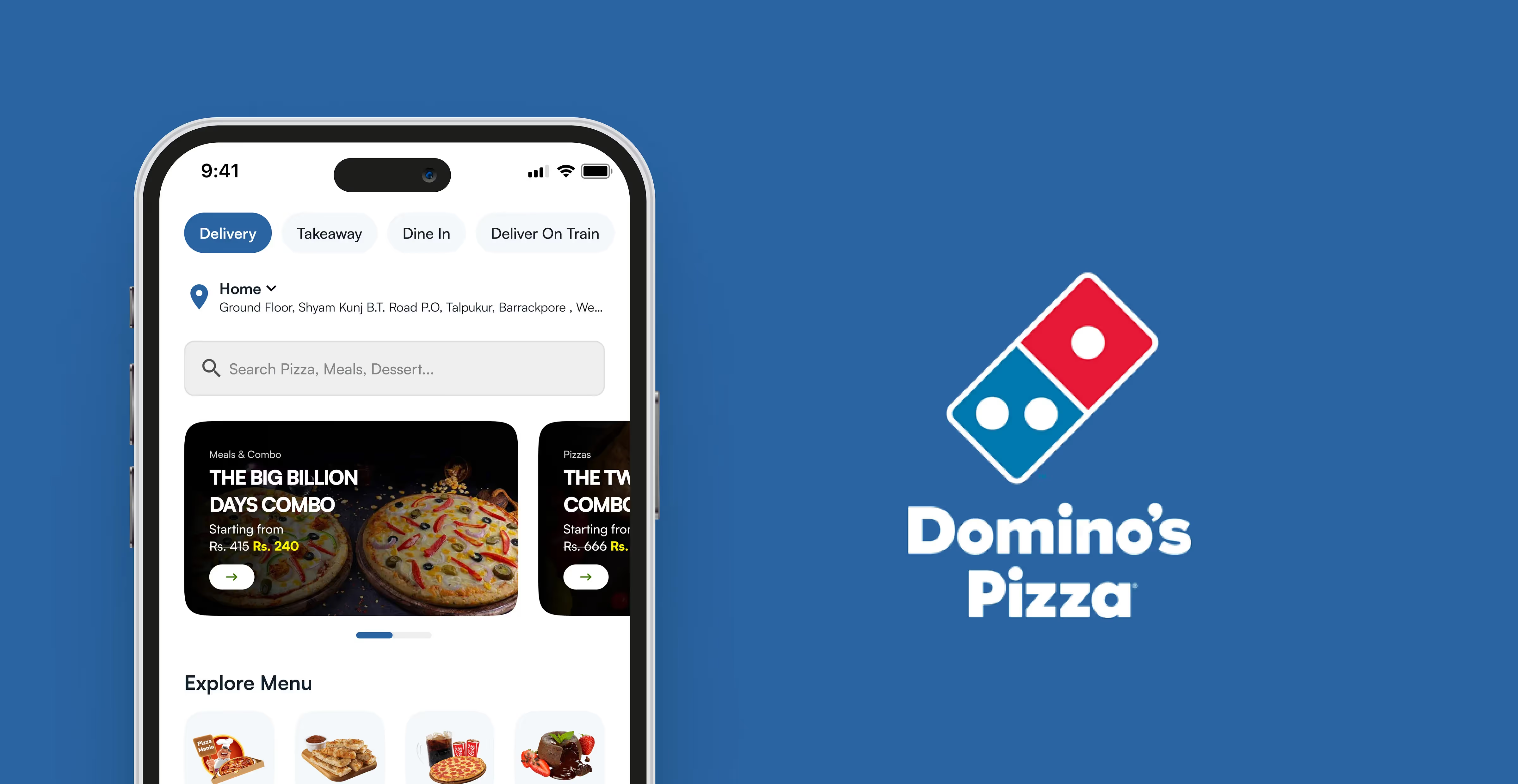
The Domino's app includes a "Piece of the Pie Rewards" program where customers earn points for every order, which can be redeemed for free pizzas. The app also occasionally runs interactive games like "Piece of the Pie Pursuit," which can earn users bonus points and engage them with the brand in a playful way.
Environmental and Social Change App Gamification
Mobile apps designed to promote environmental sustainability or social change can use gamification to motivate users to take action. This might include tracking eco-friendly habits,
Ecosia

Ecosia is a search engine app that uses the ad revenue generated from searches to plant trees. Users are gamified by a counter that tracks the estimated number of trees they've helped plant based on their search activity, providing a tangible sense of contribution to reforestation efforts.
Oroeco

This app gamifies carbon footprint tracking by allowing users to connect their spending to climate impact. Users earn points and rewards for making climate-friendly choices, and they can compete with friends to see who can live the most sustainable lifestyle.
Recyclebank

Recyclebank rewards users with points for taking everyday green actions, such as recycling and energy conservation. These points can be redeemed for discounts and deals from local and national businesses, encouraging users to make more environmentally friendly choices.
Engaging Platform for a Better Customer Experience
Alright, let's wrap this up.
If you've ever thought that apps are just for scrolling and tapping, think again. These top gamification apps are like a secret sauce, spicing up the experience and keeping folks coming back for more.
But hey, don't forget about the power of feedback. Apps like Survicate turn surveys into a breeze, helping you figure out what makes your users tick and stick around. It's like having a friendly chat with your customers, where they tell you all their secrets about what they love and what they'd love to see. So, why not give Survicate a whirl? There's a free trial for 10 days, and it's a sweet deal to get insights that could make your app the next big thing. Click that button, start your free trial, and let the games begin!








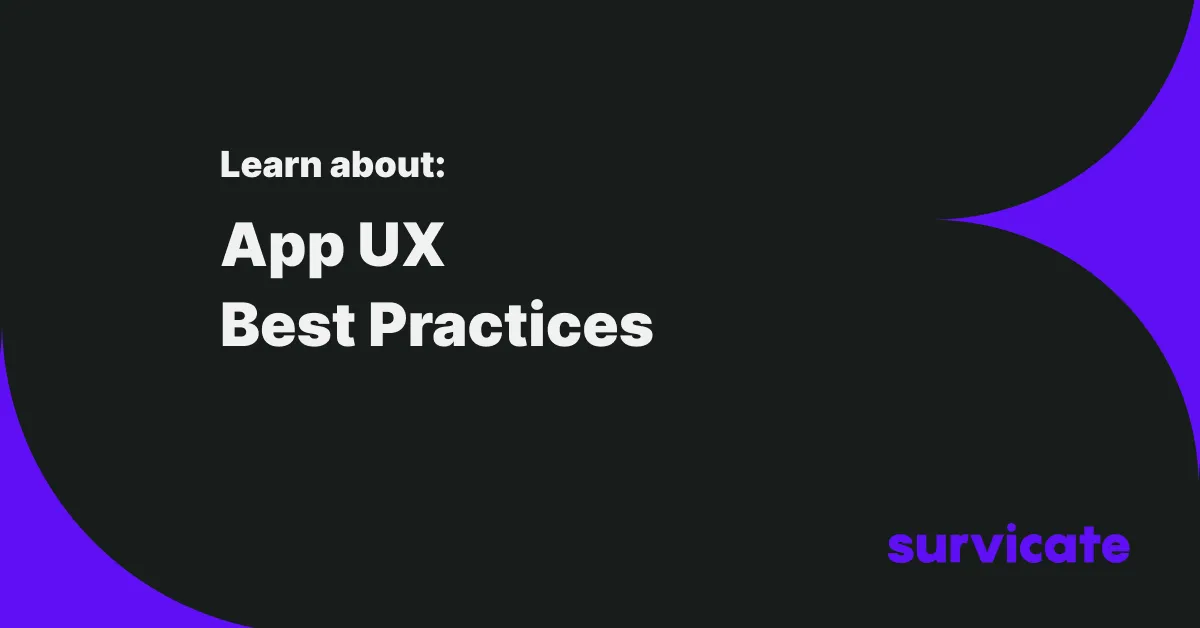
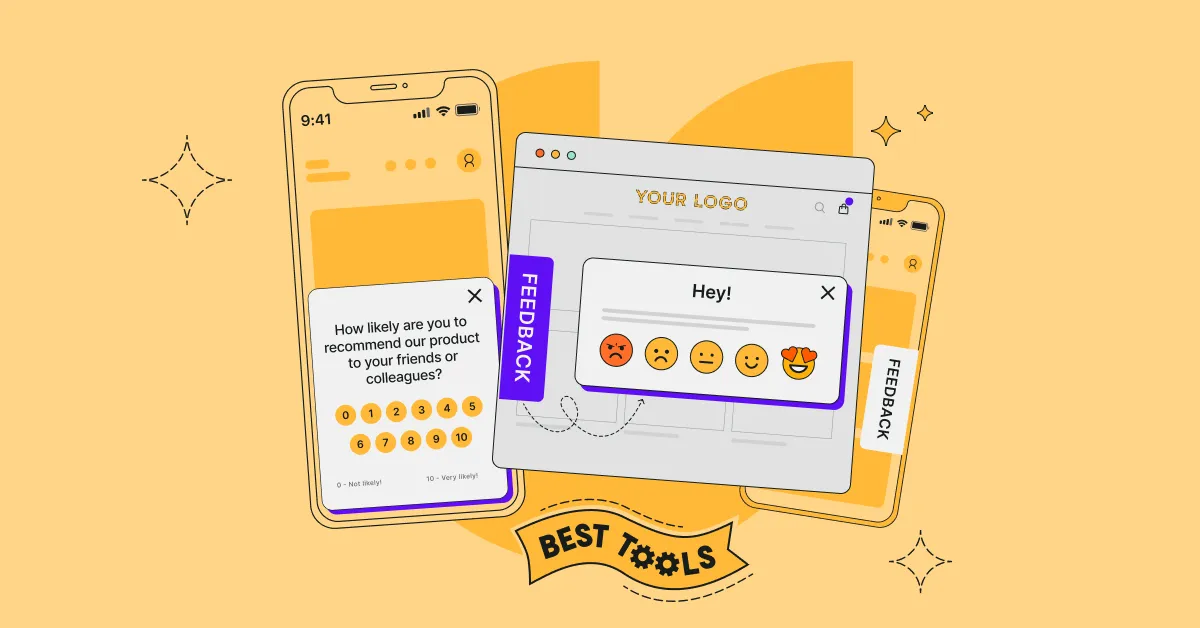
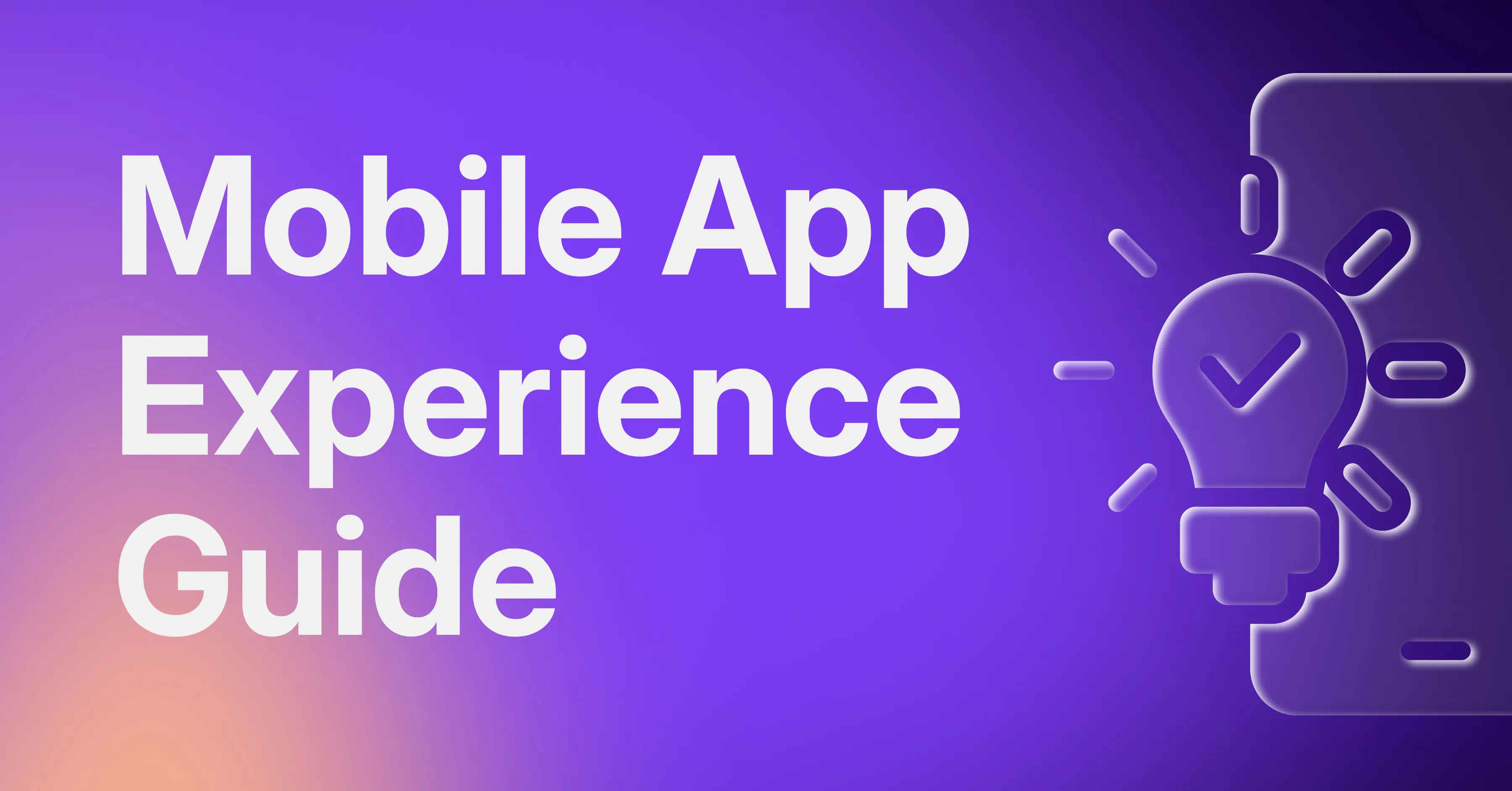
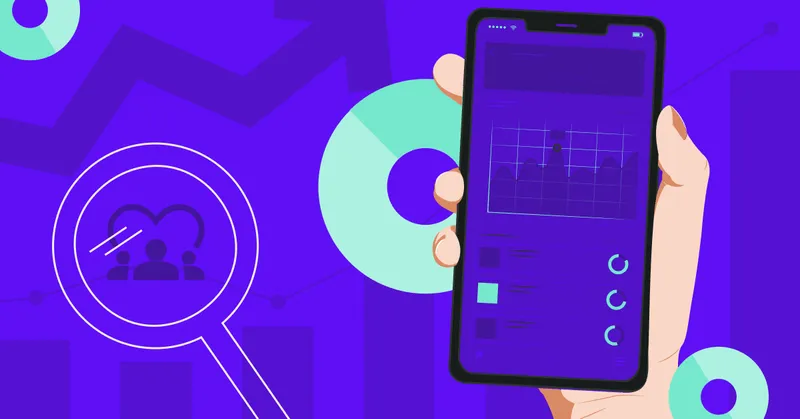
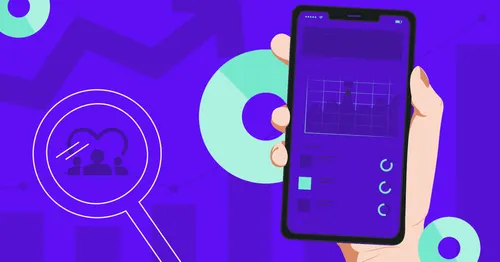

.svg)

.svg)



